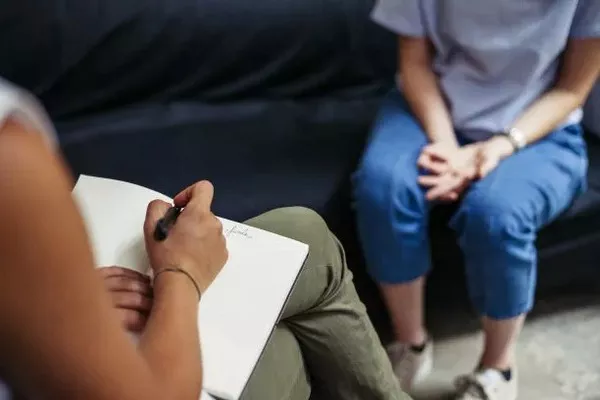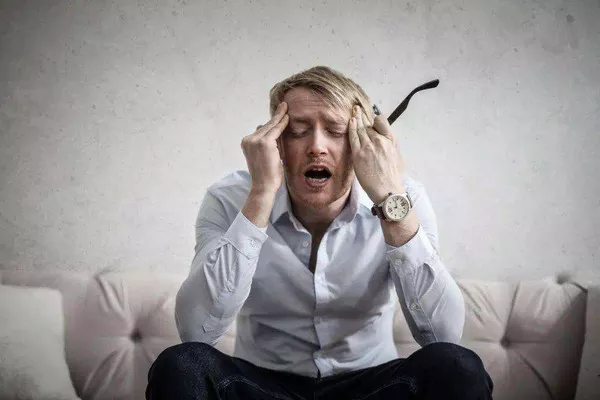In an era of increasing loneliness and digital isolation, a growing body of research is revealing what ancient cultures always knew—friendship isn’t just enjoyable, but essential for mental health. A landmark study published in Nature Human Behaviour tracking 10,000 adults over five years found that individuals with strong friendship networks were 67% less likely to develop depression and had 40% lower cortisol levels than those without close social ties. Even more remarkably, MRI scans showed that people with lifelong friends had greater gray matter density in brain regions associated with emotional regulation. These findings are prompting mental health professionals to reconsider friendship not just as a support system, but as a legitimate therapeutic modality that could rival conventional treatments for certain conditions.
The neurological mechanisms behind friendship’s protective effects are profound. When we engage in meaningful conversation or shared laughter with friends, our brains release a cocktail of oxytocin, dopamine, and endorphins—neurochemicals that reduce stress and inflammation while enhancing feelings of trust and pleasure. A University of California study using PET scans found that just 15 minutes of genuine connection with a friend lowered inflammatory markers linked to depression as effectively as a standard dose of ibuprofen. This helps explain why countries with strong community traditions, like Japan’s “moai” friend groups in Okinawa, consistently show lower rates of mental illness despite facing significant stressors.
Quality matters more than quantity when it comes to friendship’s mental health benefits. Research from the University of Oxford reveals that having three to five close friends with whom one can discuss personal struggles provides maximum psychological protection, while larger social networks offer diminishing returns. The key factor is “perceived emotional availability”—the belief that friends would provide support if needed. This perception alone has been shown to reduce amygdala activity (the brain’s fear center) during stressful tasks, even when friends aren’t physically present.
Modern life presents unique challenges to maintaining these vital bonds. The average American reports having fewer close friends today than in 1990, with 15% of men and 10% of women stating they have no confidants at all—a statistic mental health experts call “friendship poverty.” Digital communication, while convenient, often lacks the micro-moments of synchrony—shared laughter, eye contact, touch—that stimulate the neurobiological benefits of in-person connection. A 2023 study found that Zoom hangouts triggered only 20% of the oxytocin release generated by face-to-face meetings.
Innovative solutions are emerging to address this crisis. Some therapists now prescribe “friendship mapping” exercises, where patients visually chart their social connections and identify gaps. Community initiatives like “friend-matching” programs—modeled after dating apps but for platonic connections—are gaining traction, with mental health outcomes being tracked in clinical trials. Perhaps most promising are workplace interventions; companies like Salesforce have implemented “friendship hours” where employees are paid to socialize, resulting in 30% reductions in burnout reports.
As research continues to validate friendship’s mental health benefits, public health experts are calling for systemic changes—from urban design that encourages third spaces to medical school curricula that teach “social prescribing.” In an increasingly fragmented world, cultivating deep friendships may be one of the most powerful forms of preventative mental healthcare available to us all.
Related topics:
















